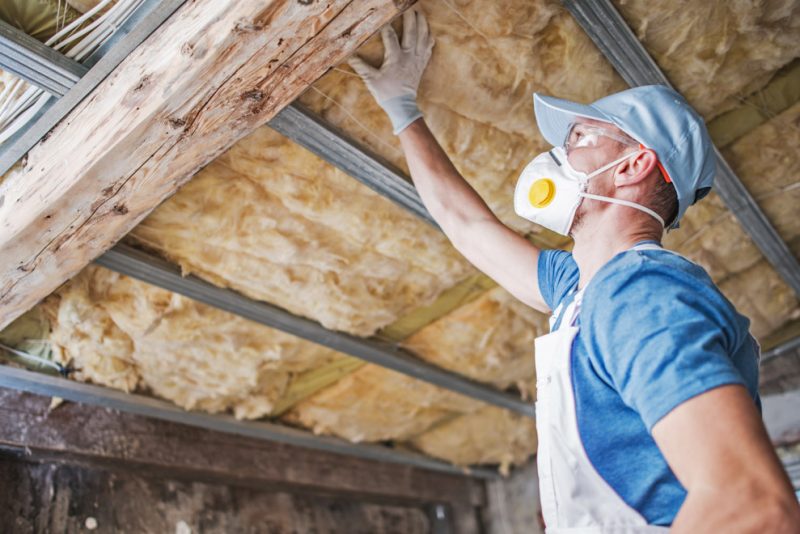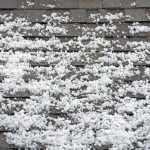What Signs To Look For When Performing A Visual Roofing Inspection
Regular visual inspection is the key to keeping a residential roof in good shape. Most homeowners can spot glaring problems quickly and get them fixed before they cause too much damage. Frequent inspections and prompt repairs will extend the lifespan of your roof considerably. Maintain a roof inspection check-list and carry out a visual assessment on a fixed schedule. It is a good idea to conduct a thorough inspection after severe storms or snowfall.
Check Roof For Signs Of Damage
If the roof is showing clear signs of damage, it has problems. You can usually see the damage from the ground and don’t need to climb on the structure to inspect it. However, it is a good idea to carry out a more thorough inspection from an elevated position. If you notice the signs mentioned below, call a roofing contractor for a comprehensive professional assessment.
- Missing Tiles
- Cracks
- Mold
- Rust
- Corrosion
- Stains
Be sure to check nearby trees that need to be trimmed to avoid damaging the roof. Branches can fall on the surface during severe storms or windy conditions, which can lead to structural issues. Branches weighed down by snow or ice can cause even more damage.
Check the Interiors

Expert Inspecting Aged Roof and Mineral Wool Insulator.
A visual assessment of your exterior isn’t enough. Sometimes the most damage occurs directly under the roof in the attic or upper-level rooms. Make sure a thorough internal assessment is a part of your roof inspection check-list. Look for the signs like:
- Water damage in the attic or ceilings of upper-level rooms.
- Mold and mildew formation.
- Damaged insulation layer.
- Musty smells and unusual levels of humidity.
Internal damage often occurs before the external signs show up. Don’t wait for missing shingles or stains until you call for repairs. Prompt attention will help limit the damage to your roof and reduce the repair cost. An experienced technician will carry out a thorough professional inspection before recommending repairs.
Get an estimate from two or three reliable roofing contractors in your location. They have experience with the local weather conditions and know what kind of damage roofs in your area are vulnerable to. Most roofing contractors provide quick services and will also provide a few tips to help you limit the damage. They will also provide a comprehensive DIY roof inspection check-list upon request. Discuss the damage to the structure in detail so you can make an informed decision regarding repairs.




You must be logged in to post a comment.